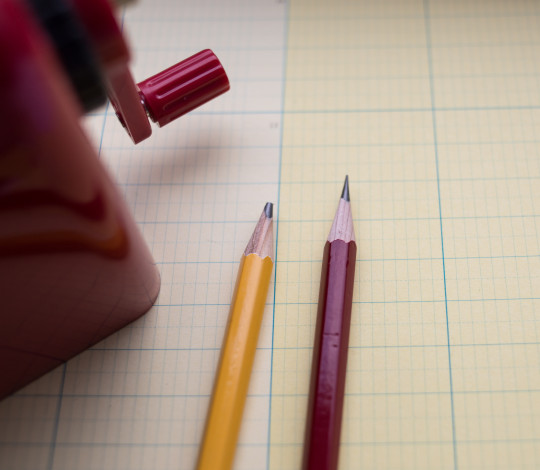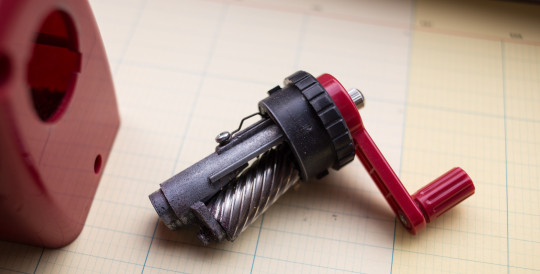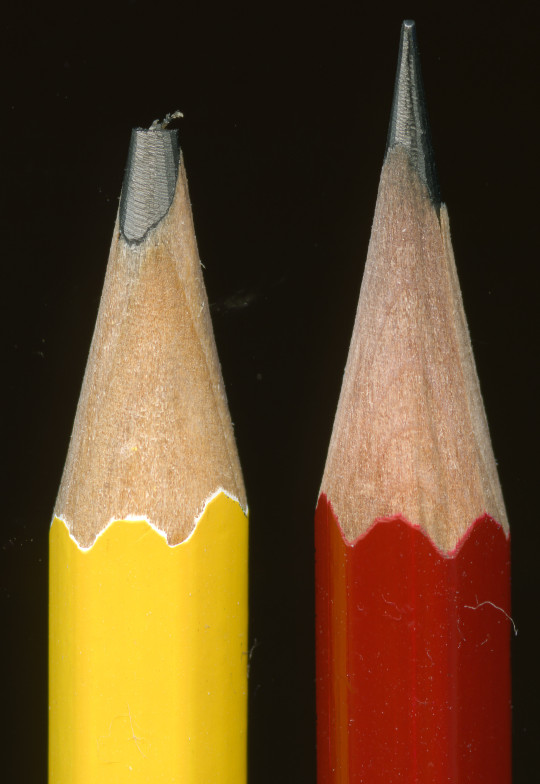Lamy at Raffles City in Shanghai
Last December, i.e. a few days ago, I was in Shanghai again. You might remember my previous posts about stationery in Shanghai. I thought I add my new experience to this blog, too.
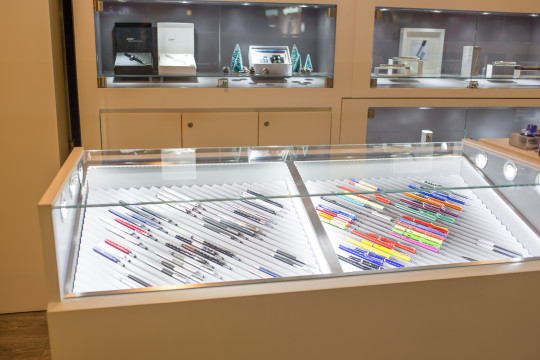
I’ll start with Lamy’s presence in Shanghai. I mentioned them in 2012 and 2015., so here’s a quick recap. I first saw Lamy products in Shanghai in 2010. I didn’t notice them before that so if they had a presence it was not very obvious. They tend to be present in big shopping malls where they don’t have shops but fixed stalls, usually near escalators or lifts.
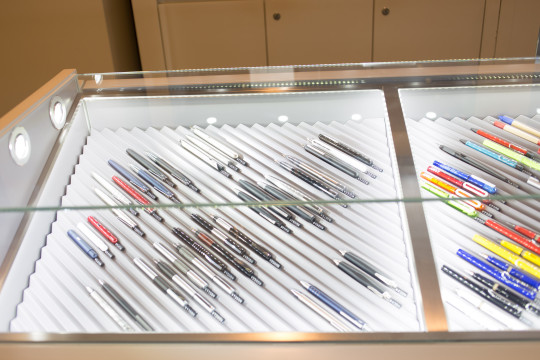

Their stalls seem to get bigger and bigger every year. The one I have seen this year in the Raffles City shopping mall is the biggest and most impressive one so far. Raffles City is near People’s Square in Shanghai and at the end of FuZhou Road, a road full of book, art supplies and stationery shops.


As usual prices are quite high with cheaper items being proportionally much more expensive than in the West compared to more expensive items. There expensive items are still more expensive than in the West, but the price difference seems less out of place.

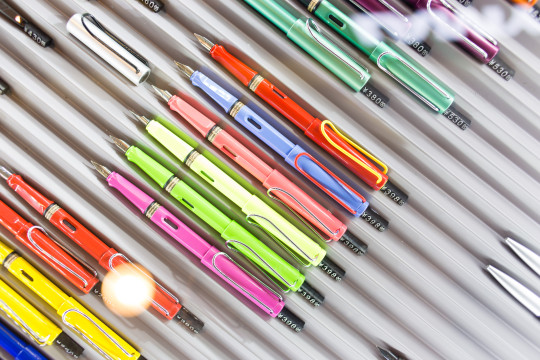
A Lamy Safari mechanical pencil will set you back ¥200 (~$31; £21; €28), a fountain pen ¥398 (~$61; £41; €56).
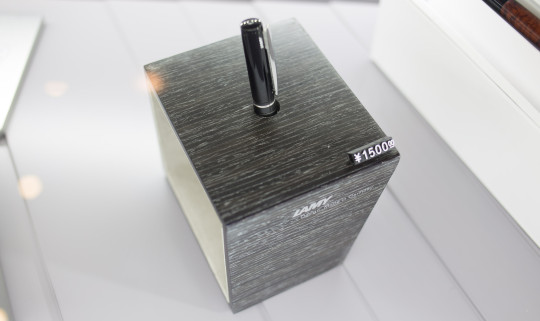
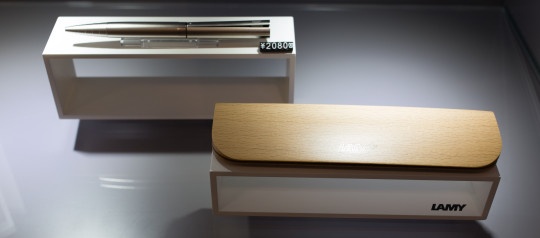
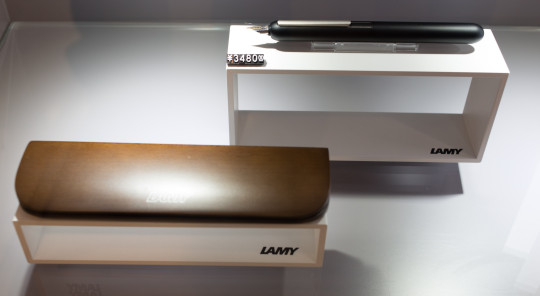
Unfortunately I didn’t see Lamy’s wood cased pencils, the Lamy plus and 4plus – you can see one here, anywhere.
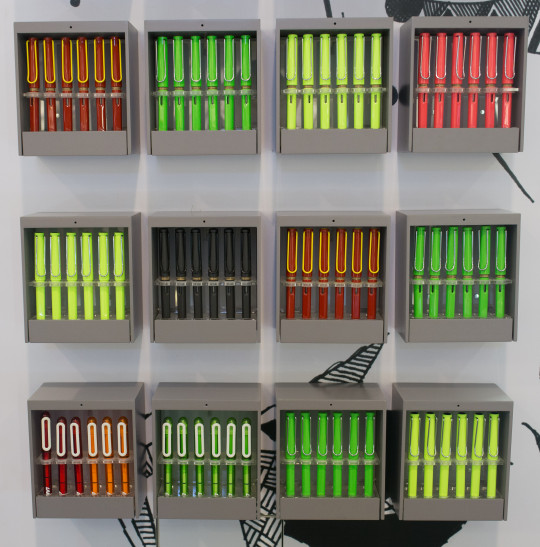
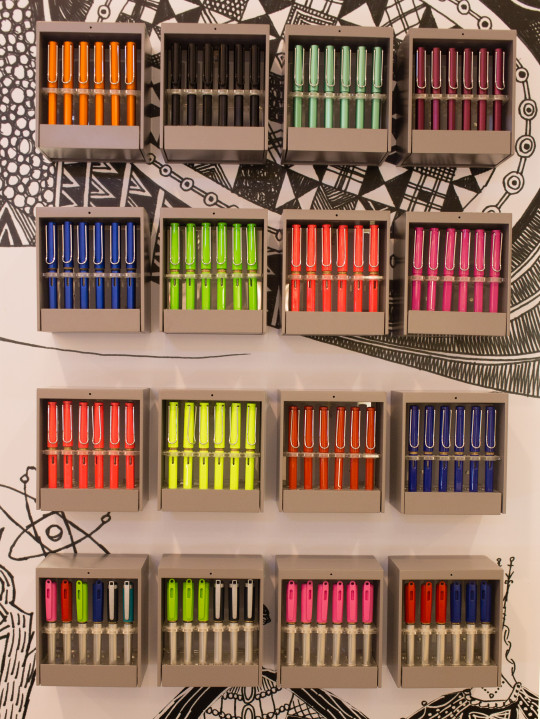
The most unusual pen I saw there was probably the red Lamy Safari with a yellow clip, a special edition for China. At ¥398 (~$61; £41; €56) it was a bit too expensive for me, but then again, they were being offered on eBay for $299, so I guess it will be worth ¥398 or more to some people. Special edition Lamy Safaris are not uncommon. There is usually a colour of the year, but there are also themed editions and editions for specific countries or geographic areas, like this red/yellow China one.


Price: December 2015
Exchange rates: January 2016
You can read more about the China edition of the Lamy Safari at KMPN.
Lamy at Raffles City in Shanghai Read More »


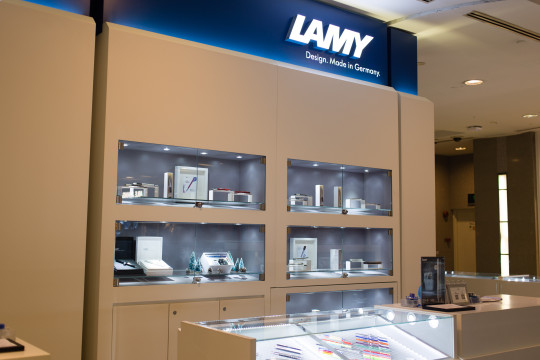


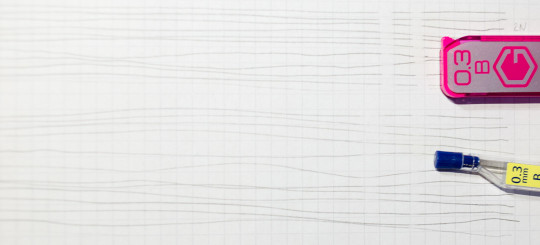
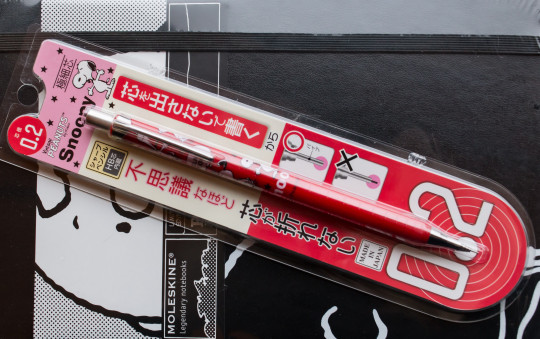

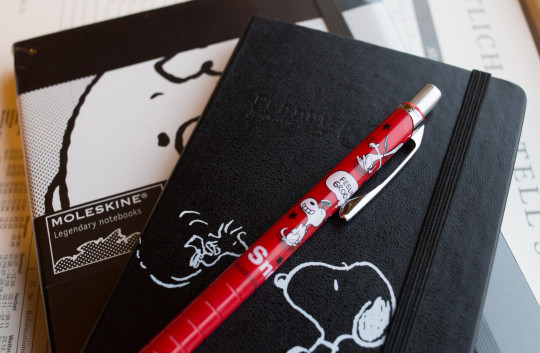

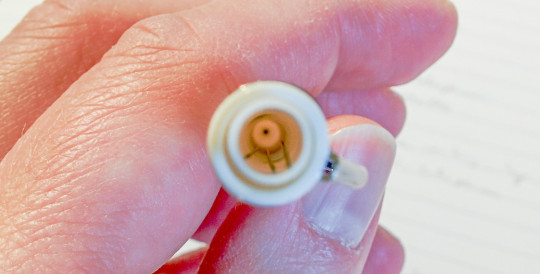
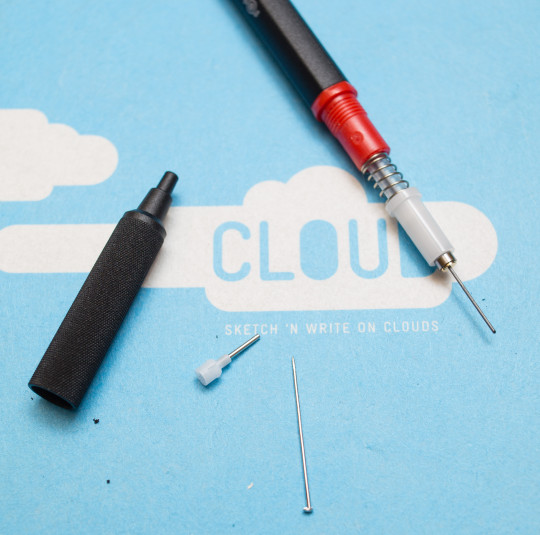

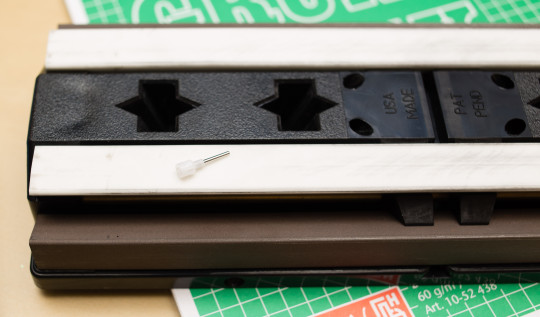

![That's one small scrape off [a] sleeve, one giant leap in the friction chart.](https://bleistift.blog/wp-content/uploads/2015/10/pimpmyrotring5-540x405.jpg)



